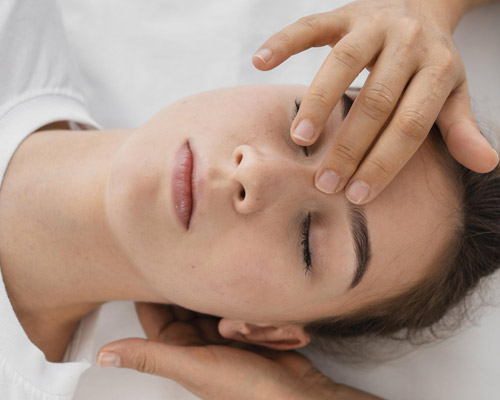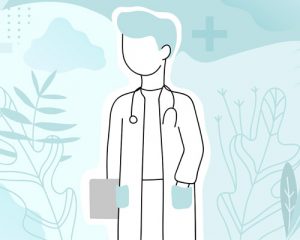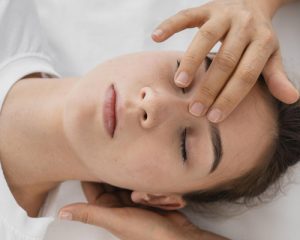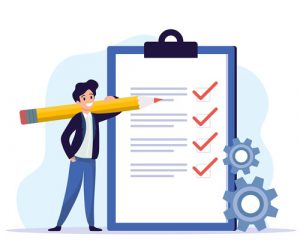Advantages of osteopathy
- The basis of osteopathy is manual methods of influence, but don’t mix up osteopathy with massage, manual therapy, bonesetting, chiropractic and other kinds of manual influence or especially with extrasensory methods. The only one thing they have in common is that the main doctor’s instrument is hands.

Bonesetting is an ancient folk method of a “bone alignment”. Bonesetters get their skills straight from the village preceptors, often it’s a family tradition that is handed down from generation to generation. Not having any basis of medical education they have very relative notion about anatomy and methods they use are often traumatic and unsafe for patient’s health. This quite tough and painful way of joints and vertebrae alignment was a basis for development of all the following manual methods.
Chiropractic is a North American method of a tough manual influence with a great accent on quick articular manipulations that are accompanied with “click”. Chiropractic was born at Klondike Mines. Almost all the gold prospectors had problems with spine, and local doctors had no medicines except their own fist. So they “stroke” their patients, having hammered the vertebrae back into their place. Chiropractors influence not on the spine of its own, but on its processes of vertebra, using them as a peculiar short lever.
Manual therapy is a rather young school of an official medicine. In contrast to chiropractic, influence in manual therapy is conducted according to the principle of a long lever. Manual therapy is a narrow-focused method. Though manual therapy admits existence of some correlation between functional disorders of spine and internal organs, but still accent is made solely on correction of spine and joints; work with internal organs and skull is omitted.
Like many other schools of orthodox medicine manual therapy is quite efficient in many cases, but still it is concentrated on the fight against symptoms, manifestations of a disease, instead of searching of initial cause of a disease. That’s why healing effect from manual therapy is temporary and has a high percentage of relapse, especially in case of chronic diseases.
It is important that a certain extent of risk and chance of traumatism are primordially possible. Rigidity, painfulness and safety of methods of manual therapy for a patient fully depend on individual approach of a doctor, on level and quality of his grounding and professionalism, his experience and personal responsibility. Actions of a negligent doctor or dilettante can cause complications after the treatment, sometimes very serious ones. Often pain shows itself some time later after the session of manual therapy: this is the way body reacts on abrupt interference.
Manual therapy is not self-sufficient; to diagnose it needs additional means of examinations: X-ray photographs, tomography, MRI, etc (not safe for patient’s health); to ease the pain, to remove inflammation additional medicamental treatment is needed. To achieve a higher level of effectiveness and safety it is recommended to combine manual therapy with massage.
Significant number of contraindications and restrictions (including age) take place in manual therapy: it is not allowed to use manual therapy for pregnant women, children until they reach the age of juvenile and people of advanced age. Unfortunately, those restrictions are not always followed.
Massage is an art, roots of which stretching back into antiquity. There are many kinds of massage exist, including healing one. Methods of massage are pleasant, helpful and quite effective. Act of massage is aimed at health improvement of the whole body: bone structures, joints, internal organs, musculoligament system, circulatory and lymphatic systems, central and peripheral nervous systems and so on. The conception of a human body as a single whole system is the basis of many kinds of massage. Some Eastern techniques of massage, for example, acupressure, shiatsu, meridian massage, etc., work with internal energy structures and stir up inner resources of the self-healing of the body.
Of course, use and effectiveness of massage shouldn’t be underestimated but somewhat perfunctory approach and absence of precisely developed system of full-fledged and accurate diagnostics often doesn’t allow it to achieve stable healing results. That is probably the reason of using massage not as an independent and self-sufficient method of treatment but rather as an additional one in a complex of other healing methods. Everyone who wishes can become proficient in most kinds of massage. Exceptions are only some kinds of massage where medical education is compulsory (e.g. therapeutic child massage). In spite of gentleness of influence and sparing approach, massage as well as other manual methods of treatment has its own limitations (pregnancy in particular) and contraindications.
Comparing all above mentioned methods and osteopathy, we can come to the conclusion that bonesetting, chiropractic, manual therapy are highly traumatic (i.e. potentially unsafe), symptomatic, painful methods, not always contributing to achieving of stable healing result; and massage is a gentle method but still it is far from being identical to osteopathy possibilities such as level of safety and effectiveness.
- Osteopathy is a gentle, smooth method of influence on human body in itself and on spine in particular. In spite of the name (“osteon” is the Greek for “bone”) interests of osteopathy are not confined to bone structure only. Osteopathy got much farther of its predecessor – manual therapy. Osteopathy cures the whole body: musculoskeletal system, internal organs and central nervous system.
Let’s examine advantages of osteopathy over above described areas of manual medicine.
- Osteopathy is all-purpose because it treats not separate organs or systems but the whole body: musculoskeletal system, internal organs, nervous system.
- There are no age restrictions for osteopathic treatment; it is prescribed from the first hours of life and till extreme old age.
- Osteopathy can be used for a wide range of diseases and along with that it has the least quantity of contraindications in comparison to other manual methods. Osteopathy is used even for pronounced pain syndrome.
- Osteopathic treatment implies using of solely gentle, sparing and safe techniques, that are allowed even for pregnant and breastfeeding women, babies from their first hours and patients of old age.
- More than 3000 techniques are in disposal of osteopath, when manual therapist has no more than 100. Such a variety of techniques is achieved by long and persistent studying (4 years of studying at higher osteopathic school, i.e. the second higher medical education) and perfects by many years of practising. Quality of education is achieved by strict annual control of examiners. Wide palette of methods and techniques is necessary for osteopath to give an accurate diagnosis and to reach a high level of quality and effectiveness of treatment. The more precise diagnostics is, the more effective treatment and more quickly results are achieved.
- Osteopathy is a painless method of influence. Even during the diagnostics patients feel pain is leaving, and calmness and peace are coming back. But pain eliminating is not the major task of osteopathy. Osteopathy in contrast to other manual methods, eliminates not the symptoms of a disease but its initial reason, stirs up inner potential of the body and human’s ability to self-healing, due to which probability of relapse of the disease narrows down.
- Osteopathy doesn’t need medicamental interference and additional unhealthy methods of examination: doctor’s hands will perform the most accurate diagnostics of all the systems of the body and will effectively cure without pain, without risk for health, without medicines!
Articles

9 reasons to choose us
With each year more and more people turn to alternative methods…

Advantages of osteopathy
The basis of osteopathy is manual methods of influence…

Indications and contraindications
Osteopathy is used even for pronounced pain syndrome…
OSTEOPATHY


